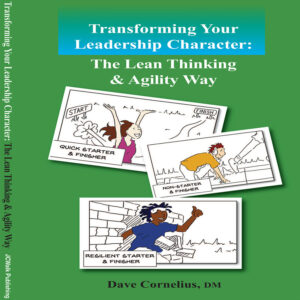Education – Financial Literacy
The Challenge
When employees enter the workforce without having already acquired certain life skills, it may difficult for them to contribute fully to a business. One example of an important life skill businesses look for in their employees is Financial Literacy, the understanding of financial accountability, budgeting, investing, and saving.
Financial Literacy can be taught through education curricula beginning as early as K-12, and as students of every age acquire this critical life skill they are more able to succeed at their own life goals along with being able to contribute in the workplace. But for many individuals, learning financial skills does not come naturally or easily. Using today’s interactive and immersive technologies can facilitate and improve this learning. These supportive technologies can add to the efficiency and effectiveness of traditional person-to-person teaching.
IMERSHEN Solution – Teaching Life Skills
The IMERSHEN Solution can be tailored for and applied to educational settings for students at all levels. Grade level needs vary, as do those for each student, so it is important to recognize and adjust instruction for those needs and learning styles. One student may need less time or have fewer questions than another student. One may learn better visually while another learns better orally. One may need more hands-on time than another or feel more comfortable in a group setting vs. learning more independently. One may need multiple small bites of information while another can take in a lot of information at once. These learning differences are handled seamlessly through the IMERSHEN Solution.
The IMERSHEN Solution for Life Skills Learning such as Financial Literacy is a set of simulated scenarios that blend two key technologies, Augmented Reality (AR) Visualization and Serious Games, to teach an understanding of finances and how to manage money effectively.
AR has been used to simulate real-world scenarios for some time. For instance, a pilot first learns to fly by using a flight simulator. Today’s technology delivers AR in small, mobile, easily accessible units such as goggles and glasses. This has made AR more usable in everyday scenarios such as to see how clothes or make-up from a store look on a person or see how furniture might look in a home. Now, AR is highly effective in teaching academics through imagery and instruction that can be tailored to individual learning styles and needs.
Likewise, gaming technology isn’t just for gaming anymore. Serious Games can be very effective when designed for learning and practicing skills since many people are now comfortable and familiar with using gaming technology. This play-based experience can be applied to a variety of learning points. By positioning “learning” as “gaming,” students are likely to see it as fun and something they want to do rather than have to do.
To build Financial Literacy, for instance, these technologies can allow students to visually navigate through scenarios of how to use a specific amount of money earned each paycheck to pay for groceries and clothes or even buy a car or a home. The visualizations teach students how to make decisions about how much to save over what period of time and to defer gratification to meet a life goal. These important thought and life decisions can then be applied to managing financial situations they encounter in the work place.





